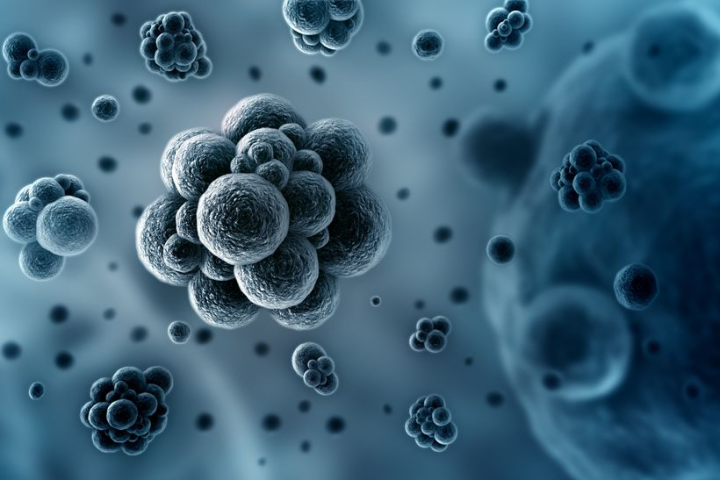
“A semi-synthetic organism (SSO) is an organism that relies on a manmade part to function as part of its essential biology,” Floyd Romesberg, senior researcher of the project and head of the Rosemberg Lab at TSRI, told Digital Trends.
Every living thing has a genome composed of four natural bases (A, T, C, and G) that form two base pairs (A-T and C-G) on the DNA double helix. Romesberg and his colleagues intervened, inserting synthetic X and Y bases into the genetic code of a single-celled bacteria.
“[Our] SSO relies on the retention of a man-made, unnatural base pair — call it X-Y — to store more information in its DNA than is possible with natural organisms,” he said.
The organism is the product of about 14 years worth of research, developing an X-Y base pair and testing its stability (it’s ability to be copied) as the cell divides. “Once we found a variant of X-Y that was well copied, we learned how to get them into a cell and found that the cell could copy X-Y in their DNA,” Romesberg said. “While this was a big deal for us, the cells were sick and the unnatural base pair was only retained in the DNA for a few generations and only when the cells were grown under very specific conditions.”
To ensure stabilization, the researchers modified their manmade base and optimized the transport protein that delivers X and Y into the cell. Finally, they utilized the groundbreaking DNA editing tool CRISPR-Cas9, programming the organism to reject any genetic sequences that lacked the synthetic pair.
The result is an SSO that can incorporate and retain multiple synthetic base pairs, practically indefinitely and in any sequence, according to Rosemberg. “Basically, it can live with increased information in its DNA,” he said.
This approach may open new doors to bioengineering, which is typically concerned with altering the sequence of natural base pairs rather than incorporating synthetic ones. The study was only conducted on a single-celled organism and Romesberg acknowledges is it not intended for more complex creatures. Instead he thinks the technique may be adapted to edit and enhancing proteins.
“Protein drugs have revolutionized medicine, but their properties are limited by the limited properties of the natural 20 amino acids from which they are made,” he said. “Giving proteins more parts, or more interesting parts selected for specific purposes, we should be able to make better drugs to treat different diseases.”
A paper detailing the research was published yesterday in the journal Proceedings of the National Academy of Sciences.


